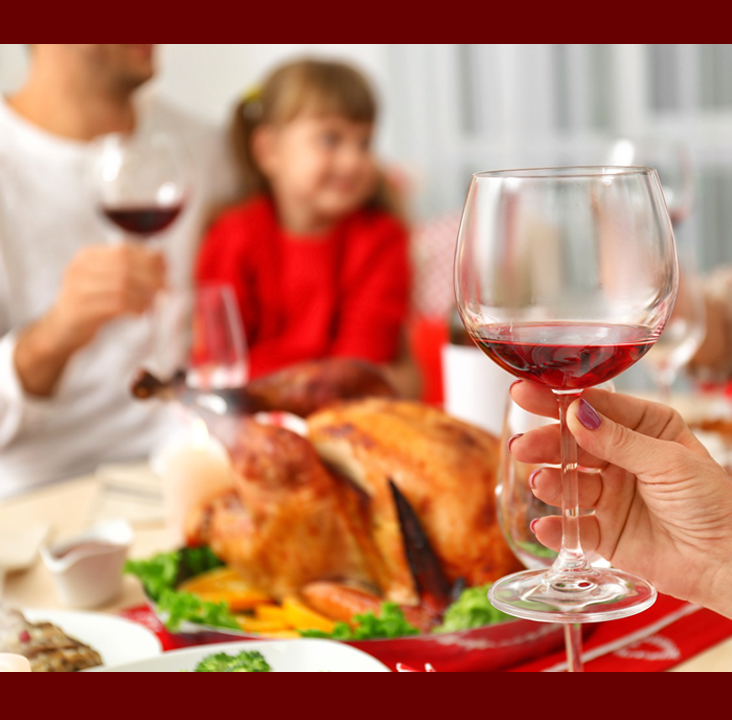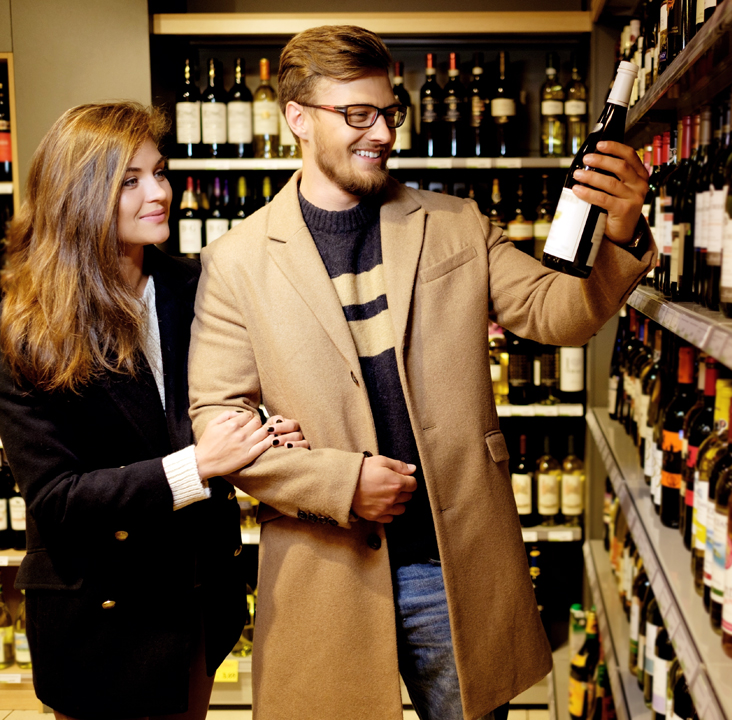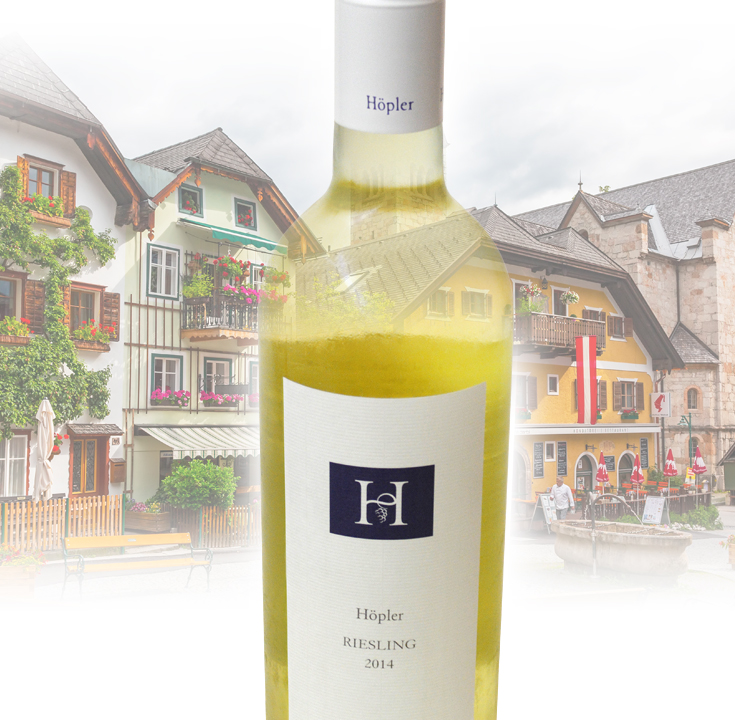
The Compass to Food and Beverage Pairing for Thanksgiving
Category : Holidays
The best solution anytime you have a multi-layered, multi-faceted feast is to offer a choice of beverages to go with your delicious meal. Here is a guide for your Thanksgiving feast:
One option for welcoming your guests is a cocktail to let them settle in. You can find any number of holiday-themed recipes on the web — Huffington Post has recipes that include pomegranate, cranberry, cinnamon, etc. Here’s one such recipe, if you want to use cranberry: it’s the Cranberry Sangria.
Personally, I would stick to the classics — a caipirinha or pisco sour, for example. You can find recipes for those on the web. Stay away from anything too nightclub-y, sweet, or unusual. You don’t want to serve anything that will upstage your main dishes at the table, especially at the beginning. You want your guests to remember that they had a great cocktail, but nothing specific about what was in the drink.
Another option is a festive sparkling wine that they can carry over to the dinner table. Don’t be cheap, but nothing too pricey or impressive either. You want clean, simple, but fun. Those words can describe pretty much any Cava from Spain. Please make sure the bottle is chilled for at least one hour before serving. The great thing about Cava is that it also goes well with food, and if your guests want to drink it with turkey, it will not disappoint. Juvé y Camps, Freixenet, Jaume Serra are among the producers.
Other sparkling wines worth considering are Cremant d’Alsace (Albrecht is an excellent value). So far, all the options have been below $50. If you want to go above that, you can’t fail with Roederer Estate l’Ermitage. Higher than that in price are the classic true Champagnes. Bollinger, for example, offers a range of prices from $70 to $300 and up.
Most of the labels I have mentioned so far come in brut or extra dry finishes, as well as a rosé. Stick to the brut — your guests will appreciate it. If you want to add a little extra fun, you can go for the rosé version.
Then comes the table wines. Ideally, you should have three: a white, a rosé, and a red. If you are serving a rosé sparkling wine, then you don’t need a rosé still wine on the table as well, unless pink is a theme. For whites, I would recommend a Chenin Blanc (either from South Africa, such as Beaumont, or California, such as Baron Herzog). This would pair very well with slices of white meat. A dry Riesling would also be good (try the Austrian Höpler, as previously reviewed on this site).
For rosés, if you stick to a California dry rosé, you can’t go wrong. Your local wine merchant should be able to recommend one.
I happen to think that Lambrusco is the perfect red for turkey. Yes — you read that right — I said Lambrusco, a wine often dismissed by wine connoisseurs and snobs. But if you take wine too seriously, you miss out on some of the fun — like pairing Lambrusco with turkey and cranberry sauce, sweet potatoes, or even ham. For food pairings, I prefer labels that are a bit more esoteric than the ubiquitous commercial ones. By the same token, a sparkling shiraz from Australia (Black Chook is one) is a great companion for turkey — white or red meat.
But I don’t want to lead you too far astray. In general, when inviting guests for dinner, stick with what you’re already familiar with. The classic red for Thanksgiving is a red Burgundy, or its California incarnation, Pinot Noir. This is not an easy varietal, so if you can’t afford a Grand Cru from Burgundy, do some research before buying a California or Australian Pinot Noir. Ratings, prices, and personal recommendations will steer you right.
In addition to the above, I would definitely consider hard cider for pairing with ham. There are a number of classic and new cider labels — American, Belgian, and French — that would make your feast a success.
I would only serve more full-bodied, or “powerful” wines, such as an Amarone from Italy, if I’m serving game or steak. Steak for Thanksgiving? Yes, some people just don’t like turkey.
For dessert, a late harvest dessert wine is appropriate. Perfect with pies. But what about a port to round off your feast? Australia makes some of the best — Yalumba is a reliable brand. Nothing like the classic Portuguese — from good value to splurging. Do a little research if you want to go there — just pay attention to ratings and ask questions at the store. Port is perfect with most desserts, especially cheesecake and chocolate cake — they will never forget it.
After all that food, you will need an after-dinner drink — good for the digestion. Dzama Rums Ambré de Nosy-Be served in a sifter is the perfect ending to a great feast. If your local wine merchant doesn’t have it, ask him to order it for you. This is powerful stuff, so remember the rules about drinking and driving. Before your feast even starts, open an account with one of the ridesharing companies, such as Uber or Lyft, and offer each guest a ride home after all that drinking.
A 750 ml of wine will get you six glasses of wine. Most people will not have more than one or two glasses during the course of an evening. Add one bottle to what you think you may need, and now you can figure out how many bottles to buy. White and rosé wines should be chilled about an hour or two before drinking — but not served ice cold. Red wines should be on the cool side — maybe about 65 degrees or a bit lower. Sparkling wines should always be served chilled.
Good luck — and have a very happy Thanksgiving!


